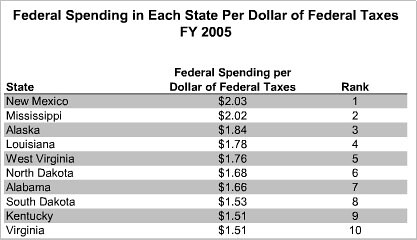Romney’s theory of the “taker class,” and why it matters
For what it’s worth, this division of “makers” and “takers” isn’t true. Among the Americans who paid no federal income taxes in 2011, 61 percent paid payroll taxes — which means they have jobs and, when you account for both sides of the payroll tax, they paid 15.3 percent of their income in taxes, which is higher than the 13.9 percent that Romney paid. Another 22 percent were elderly.
So 83 percent of those not paying federal income taxes are either working and paying payroll taxes or they’re elderly and Romney is promising to protect their benefits because they’ve earned them. The remainder, by and large, aren’t paying federal income or payroll taxes because they’re unemployed. But that’s a small fraction of the country.


